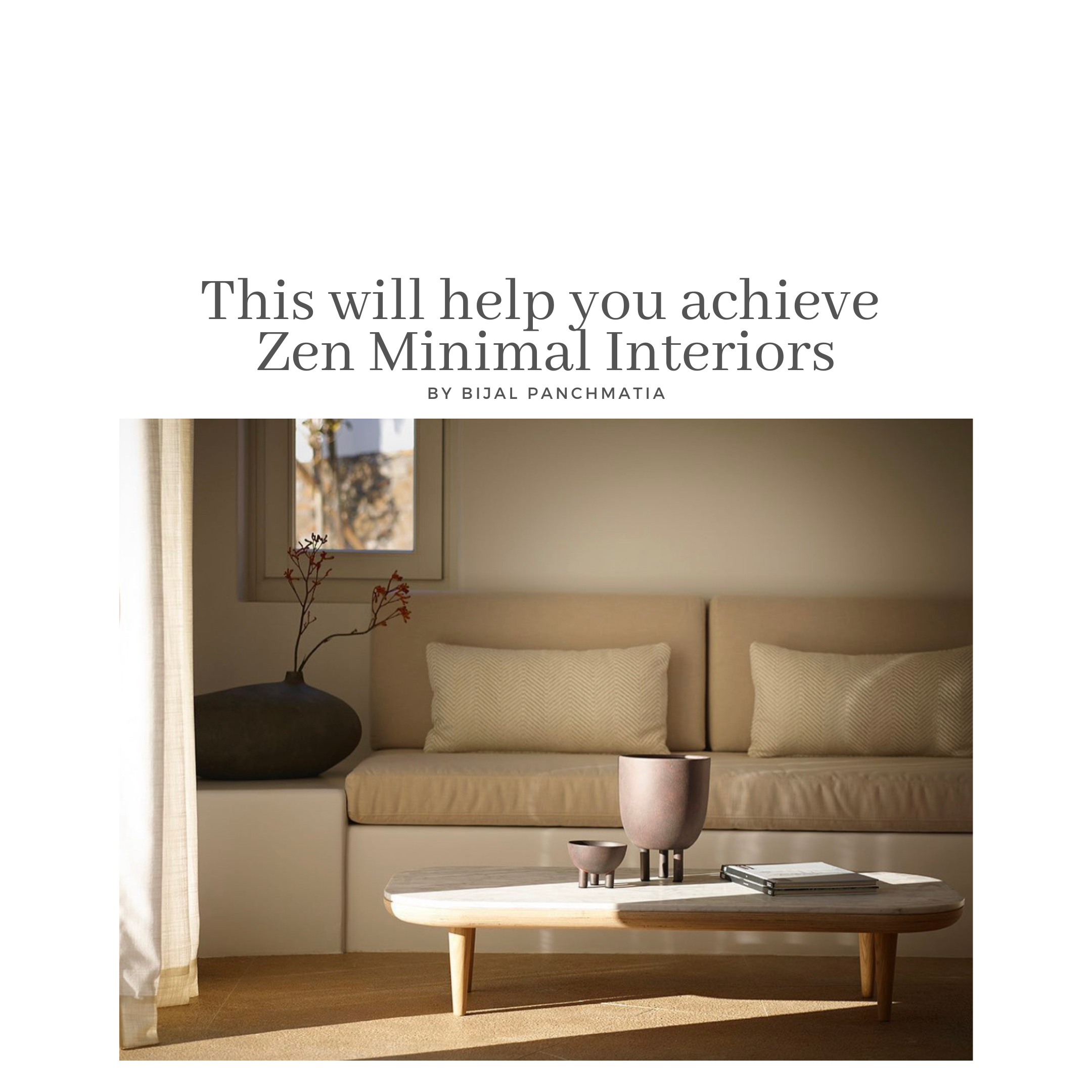Your cart is currently empty!
Zen Minimalism: The Art of Tranquil Design
Zen is the embodiment of harmony, tranquillity, and refined simplicity—an inner stillness that nurtures peace of mind. A deliberate departure from the frenetic pace of urban life, Zen-inspired interiors evoke mindfulness and spatial awareness, fostering a serene connection between the individual and their environment.
Rooted in principles of elevated minimalism, Zen design embraces layered simplicity, promoting an intimate bond with space through thoughtful reduction. The journey towards achieving a Zen aesthetic begins with intentional decluttering, eliminating distractions to reveal balance and purity in design. By weaving in organic elements—such as natural textures, gentle lighting, muted colour palettes, and grounded furnishings—a serene and sensory-rich environment emerges, shaped by only the most essential elements.
Every material chosen holds a tactile story—a raw, authentic texture that invites the touch. In my own practice, I encourage clients to walk barefoot on prospective flooring materials. This direct sensory connection deepens appreciation and allows one to feel the harmony in their surroundings. Similarly, tactile engagement extends to selecting finishes—be it natural veneer, rich laminates, soft upholstery, flowing drapery, or earthy tiles.
Zen design embraces monochromatic cohesion, where visual uniformity in soothing, natural hues exudes calm. Within this neutral canvas, subtle touches of bold colour—introduced through art, greenery, statement lighting, or sculptural furniture—can offer elegant contrast and visual intrigue without disturbing the essence of minimalism.
Natural light remains the most revered source of illumination in Zen philosophy. Supplementing this with soft, focused lighting—through understated ceiling fixtures or minimalist floor lamps—enhances the space without the jarring intensity of artificial fluorescent light.
Zen interiors are also defined by low-profile, understated furniture, with each piece serving a purpose. The philosophy is clear: by surrounding ourselves only with what truly matters, we open up space for reflection, imagination, and mindful living.
A sentiment I once read resonates deeply: “Trends end up in tomorrow’s landfill.” Zen, however, is not a fleeting trend—it is timeless. A design philosophy with roots stretching back over a millennium, it transcends eras, urging us to embrace tranquil simplicity, curated comfort, and enduring harmony.
Importantly, the Zen concept extends far beyond residential interiors. Its principles find eloquent expression in architectural structures, open-air courtyards, and thoughtfully designed public spaces. Below are a few glimpses from my recent explorations, along with curated inspirations that illustrate the profound beauty of minimalist Zen design in action.

0 responses to “This will help you achieve Zen Minimal Interiors”